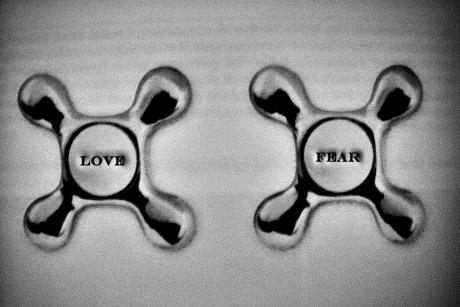Don’t Judge a Book by its Cover: More to a Brand than Logo
When looking at the below logos, you’re probably able to identify the various companies they represent, which means they’ve successfully achieved their goal; the visual aid is distinct and publicised enough for you to connect it to the company.

A key part of an organisation’s marketing strategy is its branding and more specifically, it’s logo; companies want consumers to have their name lodged in memory, to have their logo visually recognised without prompt and to associate their label with the best in their industry. To that end, a well-known image is often cited as an example of a successful marketing strategy, however does a recognised visual also represent and translate to reputation?
If I were to also mention the below phrases, I’m sure you could just as easily associate them with the relevant company as you did their logo, but of course, these negative associations detract from the ultimate goal of a good brand and can give the business a bad reputation.
- Corporate tax avoidance
- 73,000 recalled over safety fears
- The slowest of its kind
- Randomly Exploding
- Destroying Rainforests
Too often companies focus their efforts on simply making an impact and an impression without investing the time and resources to also create a good and lasting reputation, this is often because a brand is mistakenly perceived as something superficial rather than an embodiment and signifier of the business as a whole: it’s ethos, goals and importantly, its reputation.
One example which helps illustrate the difference between the two is the McDonald’s brand: a well-known, international organisation whose golden arches are recognised across the world with one of the most famous brands in existence, indeed one that many companies strive for. However, despite its enviable fame, its reputation is still one associated with low quality meats and high calorie meals. People continue to regard McDonald’s ingredients with suspicion, forcing the company to launch its Food-Transparency marketing campaign to directly address the beliefs that hurt its reputation as wholesome fast food place.
The example illustrates that while recognition is key for an organisation’s marketing, it does not complete the brand, with reputation also playing a crucial role in defining a business.
Businesses should therefore also strive for their reputation to be recognised and speak for itself, as a logo does, so that when people also see qualities they admire, be it: cutting-edge, ethical, dependant, value for money etc., they also think of the associated company and not merely when they see a half-eaten apple, for example.







